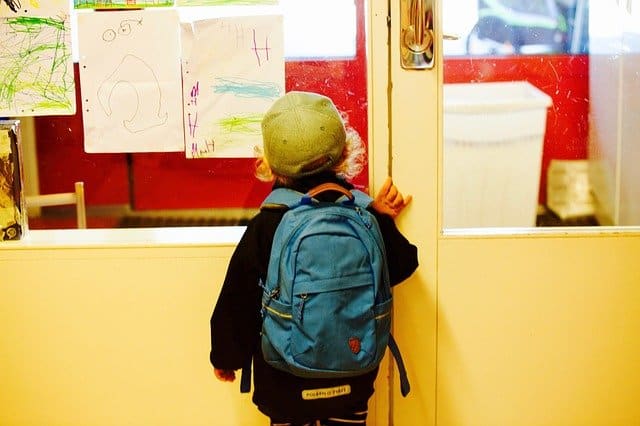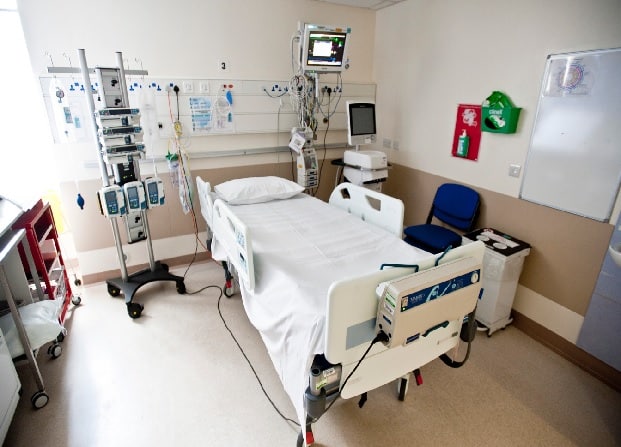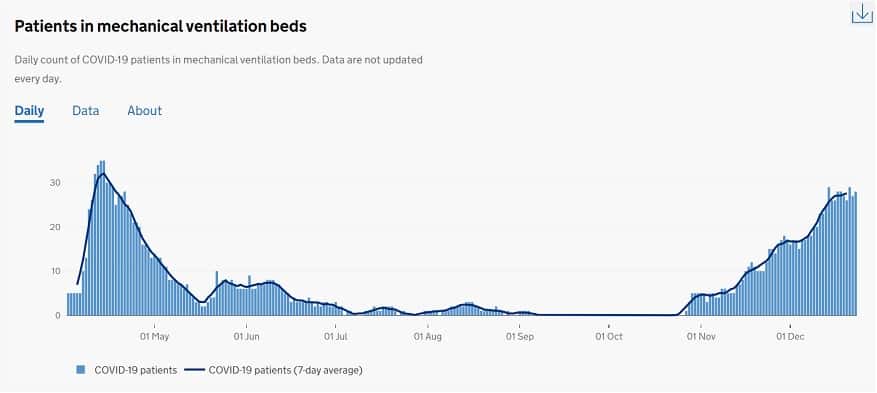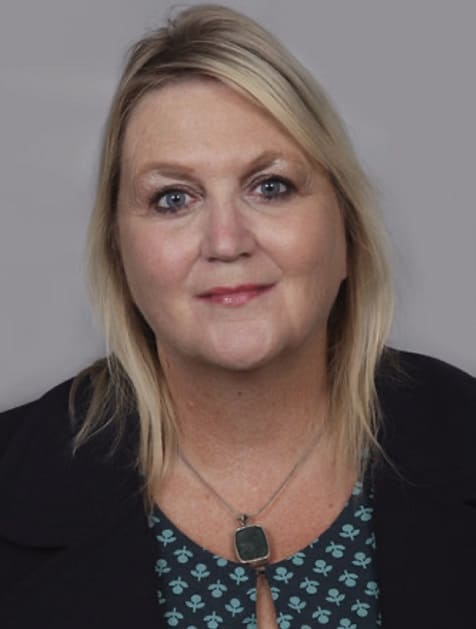
Questions have been raised over why some primary schools in Kent will only open to vulnerable children and pupils whose parents are key workers while other areas must open the doors to all youngsters from January 4.
Yesterday (December 30) Education Secretary Gavin Williamson announced the majority of primary schools in England will reopen on January 4.
Mr Williamson said a ‘small number of areas where infection rates are highest’ will only open for vulnerable children and those whose parents are critical workers.
A list of those areas includes Dartford, Gravesham, Sevenoaks, Medway, Ashford, Maidstone, Tonbridge and Malling, Tunbridge Wells and Swale. Measures will be under regular review with the first taking place on January 18.
Thanet primary schools will open as originally planned, despite being in Tier 4 and having a higher covid rate per 100,000 than Tunbridge Wells where school opening has been delayed.

Gavin Williamson says the decision was led by public health data and made as a joint-decision with the Health Secretary.
He told Good Morning Britain today (December 31) that it was a decision based on data for infection rates, the speed and increase of those rates and pressure on hospitals in the areas where reopening for the term has been delayed.
Kent County Council was not consulted over the decision and had no input into which areas would open primary schools on January 4 and which areas would delay until January 18 when the situation would be reviewed.
The rationale behind the decision for Kent remains unanswered with Thanet – and areas such as Dover and Canterbury – being served by hospitals that are at capacity and covid rates that, although dropping for the isle, remain above the national average.
Government data published yesterday shows the positive covid rate per 100,000 in Thanet is 485.5 for the seven days to December 25. This is lower than other Kent areas apart from Tunbridge Wells which has a rate of 470.8.

East Kent Hospitals are currently caring for double the number of covid patients compared to the first wave.
Intensive care units at East Kent Hospitals are at capacity although the Trust is also using surge areas including theatre recovery rooms.
Currently traditional beds account for 10 at Kent & Canterbury, 15 at QEQM in Margate and 24 at WHH in Ashford. On December 29 the Trust was at 96 per cent of traditional capacity, yesterday the highest was 91 per cent in any of the ITUs but the trust has experienced 113% capacity at points this month.
Data from East Kent Hospitals (via NHS England) shows there were 423 occupied Covid beds as of December 30 at the main sites (Margate, Ashford and Canterbury). This is up from 173 on November 30. Of those 29 mechanical ventilation beds were in use, up 10 from November 30. East Kent Hospitals Trust has recorded 785 covid related deaths.

The government tier review yesterday acknowledged: “In Kent and Medway the daily COVID bed occupancy is above the national acute hospital average and continues to rise, with the proportion of critical care beds or beds with mechanical ventilation occupied by COVID patients remaining high and has shown no signs of reducing in the last 10 days.”
On December 28 the under pressure trust had to make a five hour transfer to Plymouth. The Independent reports that two patients were transferred from the William Harvey Hospital in Ashford to Plymouth on Monday with others from Margate’s QEQM Hospital being taken to Southampton. On Tuesday one patient went to Oxford with two to Bristol.

County Councillor Karen Constantine said parents and staff in Thanet remain worried about virus transmission.
She added: “I’ve heard from teachers who are aghast at the lateness and lack of clarity about the Government’s latest plans. They clearly needed more time to plan and feel that valuable time has been lost.
“Equally many are feeling demoralised, afraid for their own health, especially older workers, and they worried about how they will both test and educate pupils at the same time. Some teachers have said it’s “a plan written on the back of a fag packet, the best thing the Education Secretary could do is to resign.”
“Parents and grandparents parents have contacted me with their fears, citing deep worry about how children could be at risk, but more focused on how children will potentially spread the virus.
“We have again failed to listen to the scientists, failed to listen to the teaching unions and have failed to use the time we had between waves to plan effectively. We are again at a crisis point.
“As the pressures on the NHS mount we needed to have extremely clear guidelines. We need to take the pressure off parents, teachers and pupils by building in a delay. This would allow headteachers more time to plan effectively, to get to grips with the in-school testing requirements.
“It is also manifestly unfair to subject pupils to exam pressure at this time. Some pupils will be ready to sit exams, but many will not. Our young people needs should come first.”
School staff and parent reaction
Cllr Constantine says she received around 70 responses from parents, teachers, teaching assistants, school governors and support staff after asking what they thought about sending children back to school in January.
One teacher responded by saying: “I am a teacher in a primary school that has had over 30 confirmed cases of covid 19 – a combination of staff and pupils.
“Whilst there is little protection in place for the teaching staff, there is also little protection for the children. The children sit in rows but remain next to each other in very close proximity. There is no room to spread them out.
“They will also turn around to talk to each other despite regular reminders. They are social. I feel like I am being asked to do the impossible…and if I don’t achieve it, the lives of the children in my class, the lives of their families, my own family and my own life, could be at risk.”
A teaching assistant added: “I am terrified of schools going back, I am in my 60s like my husband, he is in a vulnerable group. I wasn’t allowed to see my own grandchildren or my family all over Christmas but am allowed to mix with lots of children. Baffling.”
However, some parents raised specific concerns about trying to manage children on their own or those combining home teaching with home working, with one saying: “I totally understand the reasoning behind closing the schools, but as my daughter is an only child her mental health really deteriorates when the schools close.
“I work full time from home so am unable to school her so she doesn’t get any additional schooling. It’s very much a double edged sword for me.”
The Department for Education has been asked to explain the criteria used to determine which areas would delay face-to-face learning.
Secondary schools
For the week commencing January 4 the only students allowed to attend school are:
- Vulnerable students
- Children of key workers
Students who are sitting public exams will need to attend but will be contacted by their school.
For the week commencing January 11 the following students should attend:
- Vulnerable students
- Children of key workers
- Year 11 and Year 13 students
For the week commencing January 18
All students should attend school
Full details of primary and secondary reopenings –Education Secretary makes announcement about reopening of schools in January

